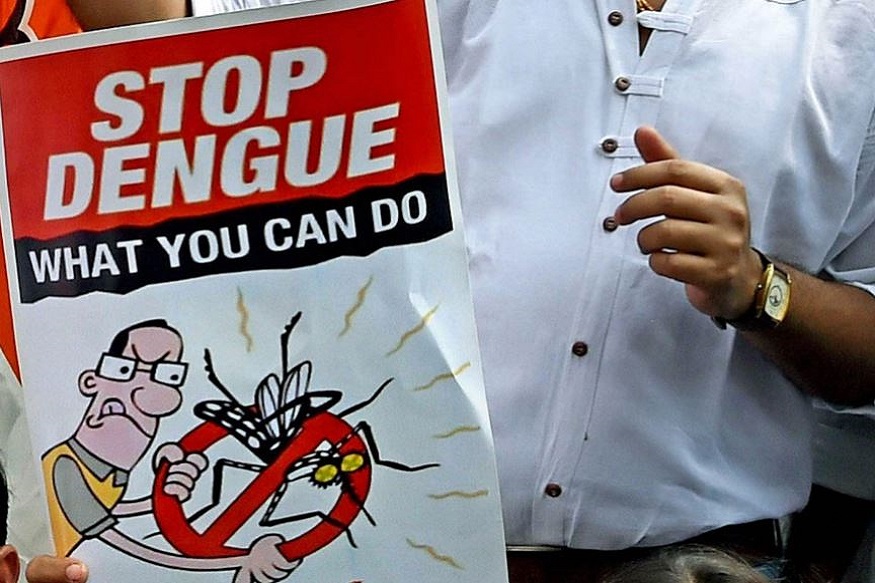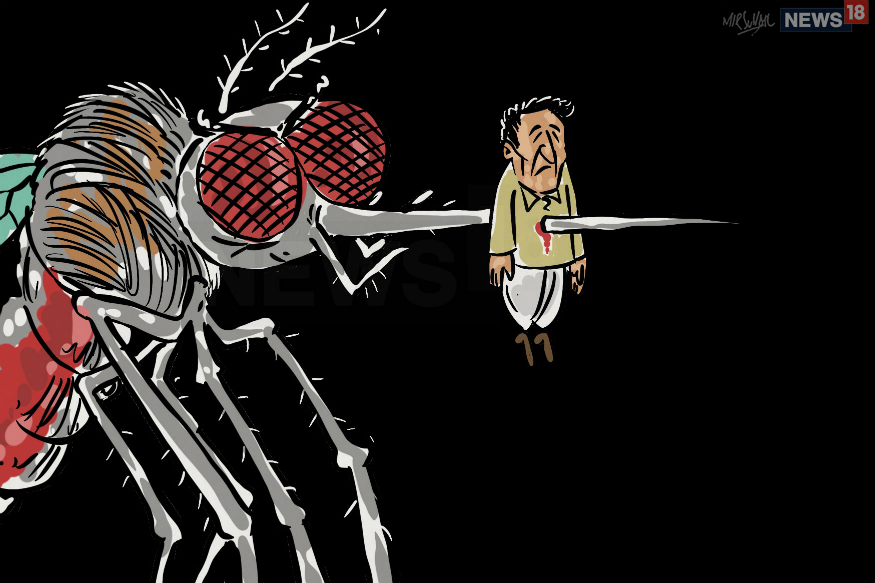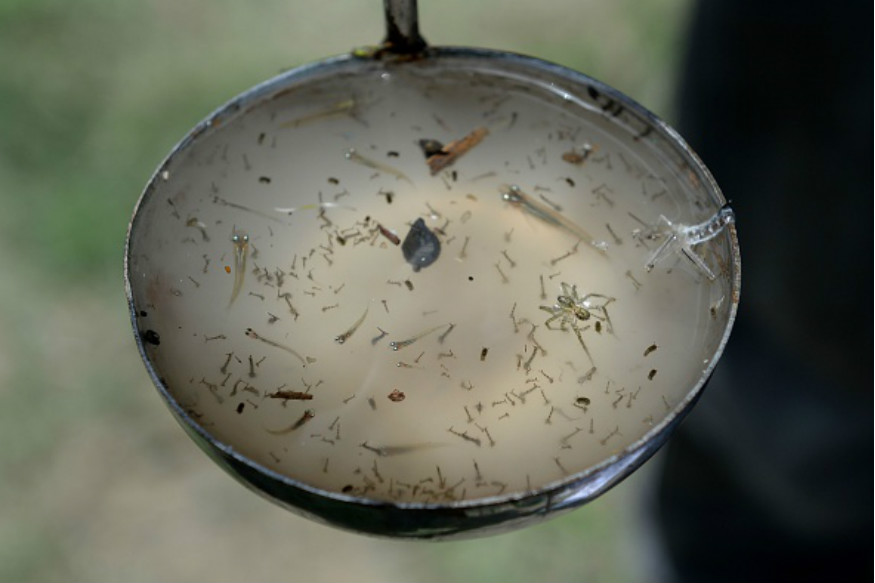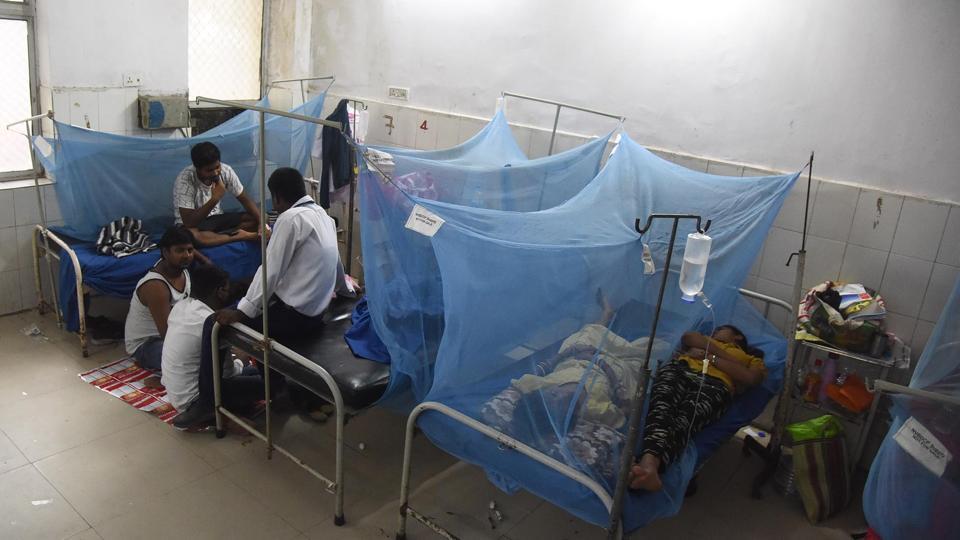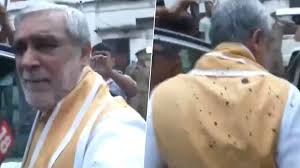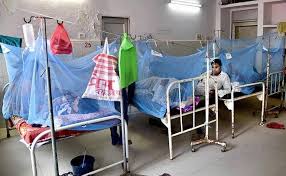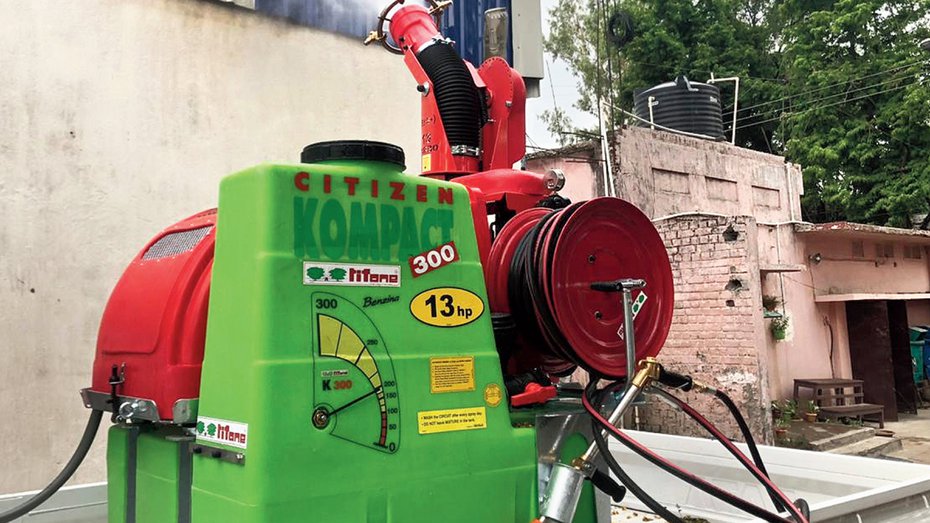Source – news18.com
An entomologist from the Ministry of Health and Family Welfare, New Delhi, who was visiting Patna to inspect the houses breeding dengue spreading mosquito Aedes aegypti larvae, has been tested positive for dengue.
Dr Ram Singh, joint director of the National Centre for Disease Control (NCDC), and head of the Centre for Medical Entomology and Vector Management, New Delhi, was sent to Patna on October 3, Hindustan Times reported. However, he was rushed to sickbay after he was tested positive for dengue and chikungunya on Saturday.
Dr Ram Singh is one of the members of the central team dispatched by Union Minister of State for Health Ashwini Kumar Choubey, to help prevent the spread of mosquito-borne diseases in Patna and other parts of Bihar that witnessed rains between September 27 and 29.
Singh, who is suffering from high-grade fever and excruciating pain in joint, could not return to the national capital with the rest of the members of the team on Saturday. A fortnight-long operation by the Central team in Bihar came to an end this weekend.
Dengue, chikungunya and other mosquito-borne diseases including malaria, zika virus, and Yellow fever spread during monsoon and post-monsoon seasons. These mosquitoes breed in fresh stagnant water.
Initial symptoms of dengue include high fever and severe headache which is usually accompanied by fatigue, rashes, vomiting, soaring of eyes, joint and muscles pain among others.
Singh said he has been shivering with high fever and have pain in my joints since Friday. “I had to return to Delhi yesterday (Saturday) but am still here under the care of Dr Krishna Pandey of the Rajendra Memorial Research Institute of Medical Sciences (RMRIMS) after my blood serum test tested positive for Dengue and Chikungunya,” he added.
During the inspection, Dr Singh had visited a number of waterlogged houses to check for larvae of dengue spreading mosquitoes. He was accompanied by microbiologists and entomologists who collected the samples of water from piped sources and tanks to check for the presence of microbes and those in buckets, planters, toys, pools, birdbaths, flowerpots, or trash containers, to check vector density of Dengue.
Health camps were also set up by the Central team and blood samples of patients with fever and other dengue-like symptoms were collected. The Central team concluded its operation on October 18 after consultation with the state government.
The Central team included doctors from the All India Institute of Medical Sciences (AIIMS), New Delhi; Ram Manohar Lohia Hospital, New Delhi; Safdarjung Hospital, New Delhi; the National Institute of Malaria Research, New Delhi; Regional Malaria Research Centre, Bhubaneswar, directorate of National Vector Borne Disease Control Programme (NVBDCP), New Delhi; the NCDC, New Delhi; AIIMS-Patna and the Rajendra Memorial Research Institute of Medical Sciences (RMRIMS), Patna.
Earlier, two BJP lawmakers of Bihar — Nitin Navin and Sanjiv Chaurasia — both residing in Patna, were tested positive for dengue.
So far this year, 2,538 people from Bihar have tested positive for dengue of which 1,916 are from the state capital Patna.
On the other hand, 293 patients were tested positive for Chikungunya, of which 268 were from Patna.
Dengue has claimed lives of at least five people in Patna since October 15, but the state government has so far not attributed any of these deaths to the mosquito-borne disease.
